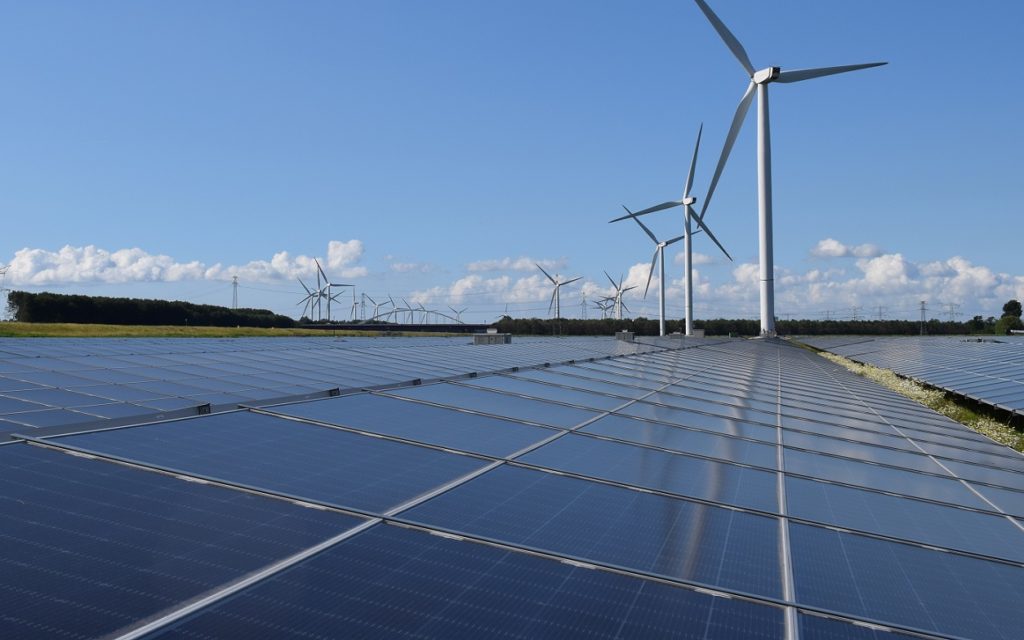
In early December, the Dutch government announced a €130/MWh (US$137/MWh) revenue cap on solar and wind generation, a move that goes €50 further than the EU-wide €180/MWh recommendation that was accepted wholesale by member states in late September. Both caps are expected to go into law in spring 2023 and retroactively applied from 1 Dec 2022 until July 2023.
The EU levy was met with criticism from members of the solar industry, but the argument for the need to recoup astronomical consumer energy bills with windfall corporate profits holds water. The Netherlands’ decision to lower the cap draws eyes and potentially spells trouble for the country that installed Europe’s fourth largest solar capacity in 2022.
Try Premium for just $1
- Full premium access for the first month at only $1
- Converts to an annual rate after 30 days unless cancelled
- Cancel anytime during the trial period
Premium Benefits
- Expert industry analysis and interviews
- Digital access to PV Tech Power journal
- Exclusive event discounts
Or get the full Premium subscription right away
Or continue reading this article for free
The primary cause for concern may stem from those providers and projects with long-term power purchase agreements (PPAs) in place. PPAs last for years and are generally fixed-rate contracts.
The trouble, according to Jesse Hettema, research lead for the Dutch and Belgian power markets at consultancy Aurora Energy Research, is that “the price risk, and therefore also the profit that is being made right now, is shifted to another party”.
For long-term PPAs, a cap which taxes revenue over €130/MWh could see the original energy company being taxed on funds used to recoup the price of the project or provide power for a price agreed upon at a time that is no longer commensurate with the cap, whilst the beneficiary of the deal is effectively reaping the benefit.
“You could just say, okay, let’s everyone just open up the books, and then we see that [the profit] has now shifted to this other player, so they will have to pay the extra levy,” Hettema said. “However, it’s sometimes the case that these players can also have sold this electricity already to another player.”
The trading, in theory, continues down the line until disentangling the web of contracts to find the party truly benefitting from lower prices becomes a legal and bureaucratic time waster.
“If you look at all this work,” Hettema told PV Tech Premium, “and then at the same time look at the amount of work we actually need to get done to move the energy transition ahead, is this actually worthwhile?”
Both before and after the announcement of the initial €180/MWh levy, critics were warning that investments in renewables could drop off as confidence in the sector waned. LevelTen highlighted concerns around a patchwork implementation of different levies in different countries making investments less secure and causing ripples into neighbouring markets, whilst Wood Mackenzie warned of a possible “chilling effect” on investment into solar, given its widespread cost-effectiveness and the potential for tighter caps as a result.
In the Netherlands, the stricter €130/MWh levy puts a lot of pressure on the government to apply the tax fairly and, like with PPAs, avoid unfairly taxing non-profit-making producers.
This is what Hettema expects to impact investment and confidence the most. By retroactively applying the levy, “you start changing the rules of the game after you’ve already started it”, he said.
Similar levies exist in the UK and Spain, and there has been little outcry from voices in the Netherlands as yet. In the short-term, investment may not be heavily impacted as the government still maintains credibility, but the long-term implementation of the levy come springtime remains to be seen.
The government of the Netherlands said that the €130/MWh cap is based on monthly averages, and takes into account power prices in off-peak hours as well as peak prices. It also said that a monthly average cap was chosen to prevent power plants from being deliberately switched off for periods “if the income ceiling were to match hourly values”.
The country does suffer with considerable backlog in grid connections. Large areas, particularly in the north, are classified as structurally congested and unable to accept new interconnection requests by the Dutch association of all electricity and gas networks, Netbeheer Nederland.
A lower cap, coupled with time-bound grid contracts which require flexible output from assets to the grid with smaller connection sizes, could appropriately curb additions to the grid, and profits, whilst allowing reasonable growth against adverse circumstances.
“We expect prices to continue being high over the next couple of years. As shortages on the gas market persist, there’s a very big chance that [the Dutch government] will do some sort of extension” to the levy, Hettema said. Similar warnings have been raised by other industry analysts; an extended levy only increases the chances that investors turn elsewhere to build solar parks, like the US where the Inflation Reduction Act has offered incentives to investors and developers.
At this stage the Netherlands’ cap contains caveats to allow for deviations in the final decision. Hettema said that, come spring, it will become clear “if the government is going to continue having the trust of the sector and really cooperate with them, or there’s going to be real conflict or confrontation between the two”.






